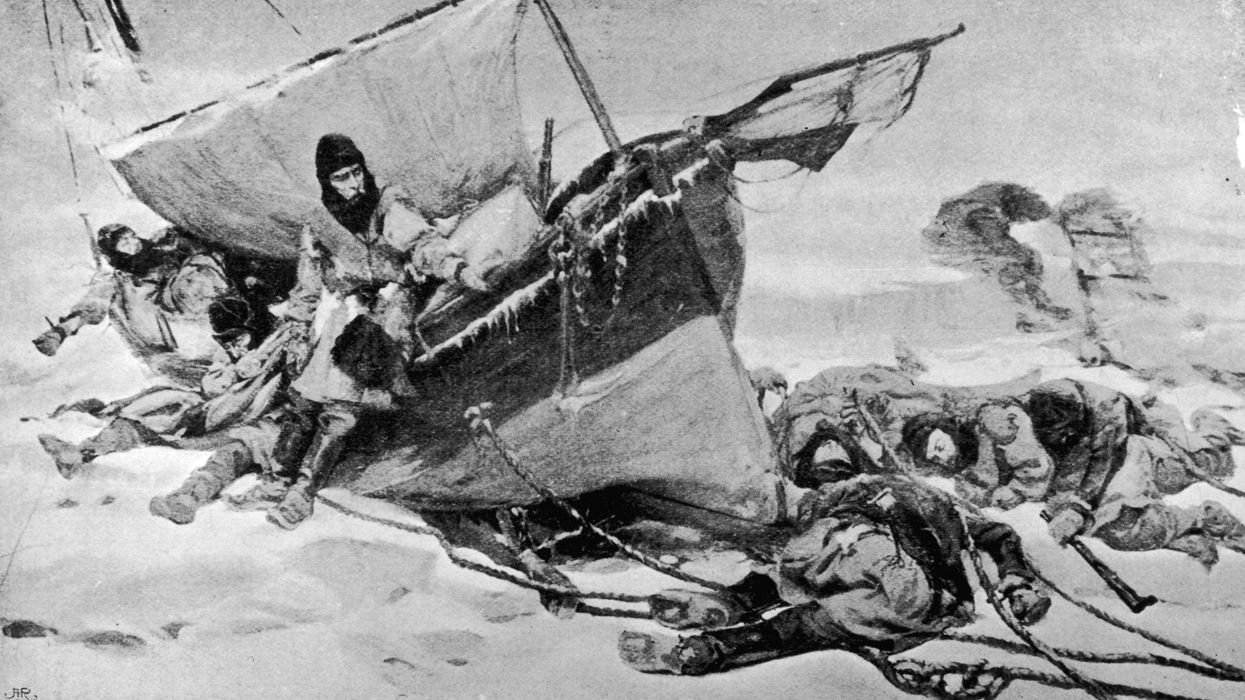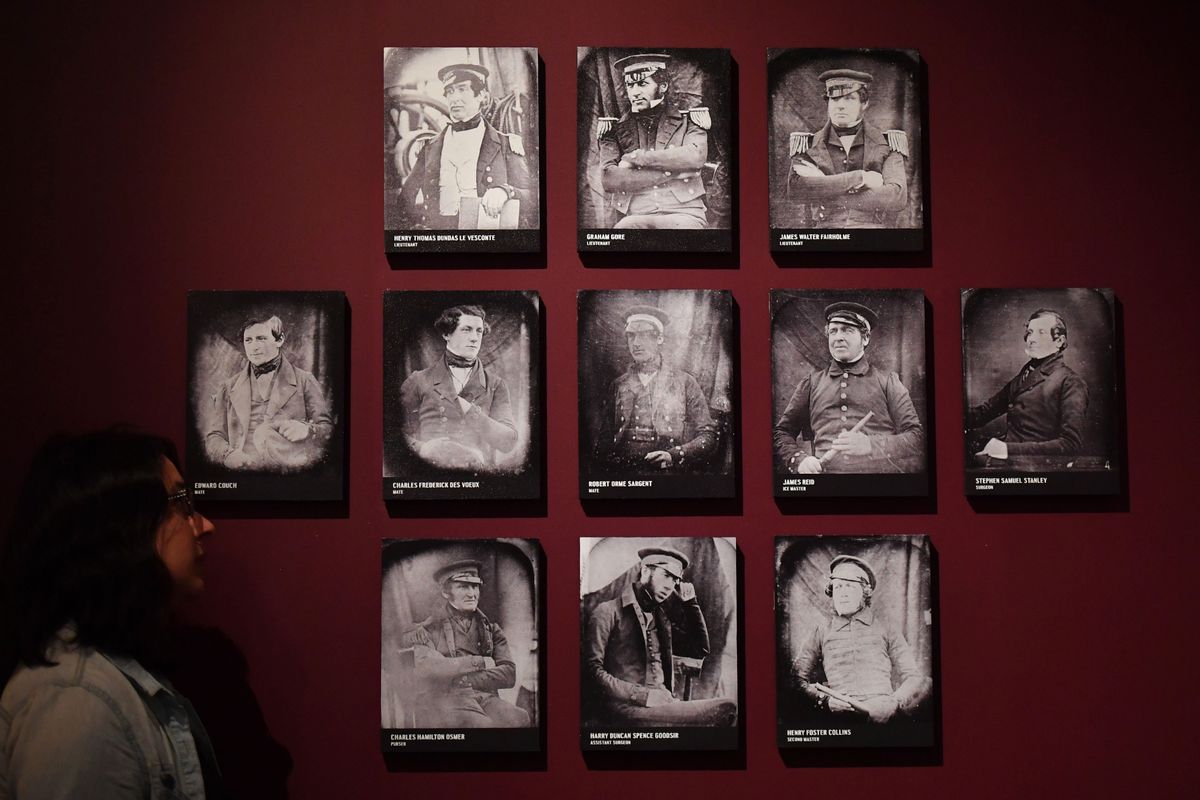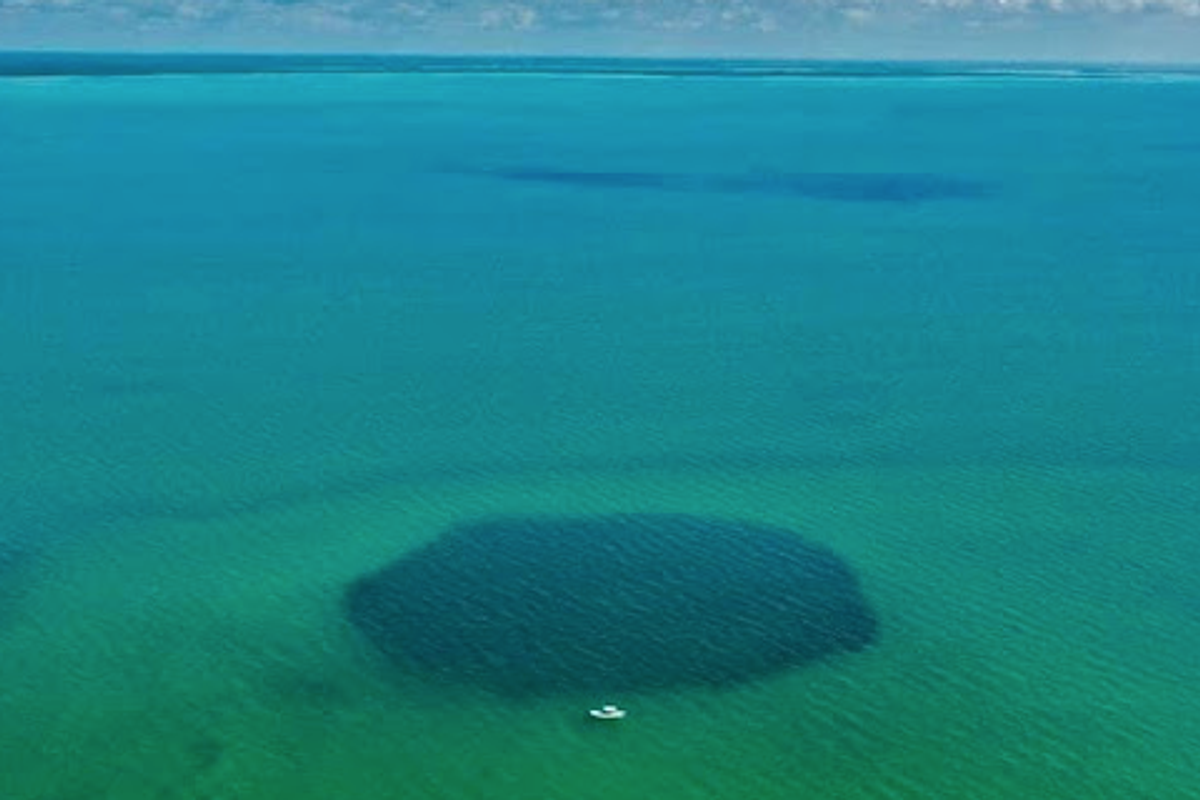Science & Tech
Sinead Butler
Sep 28, 2024

1847: Members of the Arctic expedition led by British explorer Sir John Franklin (1786 - 1847) on their attempt to discover the Northwest Passage. The expedition was beleaguered by thick ice and Franklin died in June 1847 and most of the team died of starvation. Original Publication: From an 1895 painting by W Thomas Smith.
Photo by Hulton Archive/Getty Images
A crew member on board the 1845 British Arctic expedition has finally been identified by researchers from the University of Waterloo and Lakehead University - all thanks to DNA and genealogical analysis.
Captain James Fitzjames is believed to be the person to who the skeletal remains belong.
He had joined British explorer Sir John Franklin's venture to find a Northwest Passage through the Arctic along with 129 men aboard ships HMS Terror and HMS Erebus (the latter of which Fitzjames was the commander of).
But three years in, the journey ultimately ended in disaster and tragedy when the ships got trapped in ice and despite an effort from Fitzjames and 105 crew members to try and leave the Arctic, nobody on the expedition survived.
Since then, unidentified skeletal remains (around 450 bones from 13 sailors) have been discovered in King William Island, Nunavut.
The identity of Fitzjames was able to be confirmed with a DNA sample from a living descendant of the late captain which was then compared to the Y chromosome profiles from a tooth found on Canada's King William Island.

“We conclude that DNA and genealogical evidence confirm the identity of the remains as those of Captain James Fitzjames, HMS Erebus,” researchers explained in a new study in the Journal of Archaeological Science.
Fitzjames isn't the only member from the voyage to be identified as previously, researchers managed to identify HMS Erebus engineer John Gregory.
But how exactly did scientists know Fitzjames was a cannibalism victim?
When studying the Captain's skeletal remains, researchers noted how the mandible bone - the largest bone in the skull - was subject to multiple cut marks which suggests the remaining survivors resorted to eating Fitzjames' body after his death.
"This shows that he [Fitzjames] predeceased at least some of the other sailors who perished and that neither rank nor status was the governing principle in the final desperate days of the expedition as they strove to save themselves,” Dr. Douglas Stenton, adjunct professor of anthropology at Waterloo explained.
But speculation about cannibalism dates back to the 1850s as local Inuit people informed researchers they had seen evidence of this - much to the shock of Europeans.
Archaeologist Anne Keenleyside in 1997 found evidence which suggested at least four of the men who died on the doomed expedition had been subject to cannabilism
Dr. Robert Park, a University of Waterloo anthropology professor noted how we should have empathy for how desperate the survivors would have been as they had no other choice but to resort to survival or starvation cannibalism.
"It demonstrates the level of desperation that the Franklin sailors must have felt to do something they would have considered abhorrent," he said.
How to join the indy100's free WhatsApp channel
Sign up to our free indy100 weekly newsletter
Have your say in our news democracy. Click the upvote icon at the top of the page to help raise this article through the indy100 rankings.
Top 100
The Conversation (0)













